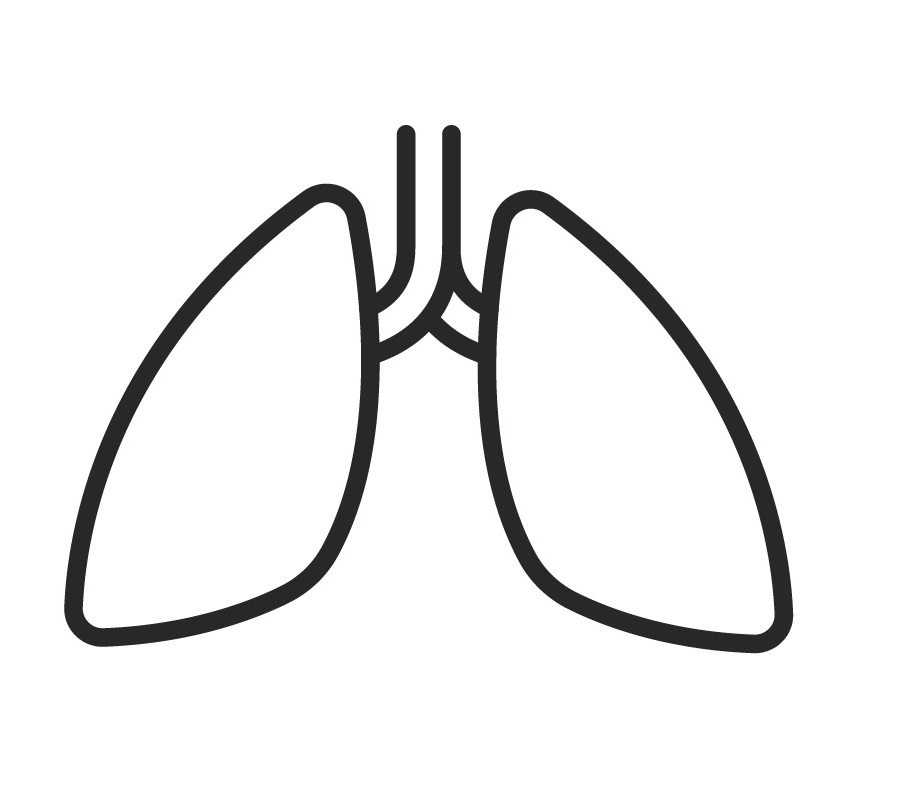This is the first of two toolbox talks to raise awareness of the health risks from wood dust and why health monitoring is important for workers.
This talk can be delivered in the workplace as part of a team meeting, training session or induction. It could be led by a health and safety representative, supervisor or manager.
Attendance record
| Site: | |
| Date: | |
| Supervisor: | |
| Attendees: |
Wood dust
- Wood processing creates small particles of dust.
- These small dust particles will float around in the air after the tool work or hand sanding has finished.
- You can inhale these airborne wood dust particles deep into your lungs.
![[image] Electric grinder placed on wooden planks with wood dust spread around.](/assets/Topic/Work-related-health/Clean-air/Dust/manufacturing-wood-dust-figure-1.png)
How is wood dust harmful
- Dust particles can scar your lungs.
- The scaring damages your lungs and makes it harder to breathe.
- You can get allergies, asthma and cancer.

More health risks
- Swallowing dust: affects intestines, bloodstream and organs.
- Eye contact: dust can damage your eyes or cause irritation.
- Skin contact: some dusts can cause skin ulcers, dry, itchy and sore skin.
![[image] line illustration of left: intestines - middle: eye - right: drop touching skin](/assets/Topic/Dust/image-wood-toolbox-1-more-health-risks.jpg)
Wood dust from our work
What are some tasks we do that make wood dust?
Prompt: > Sawing > Cutting > Machining > Sanding
How can we manage the risks from wood dust?
What controls measures do we already have?
Prompt: Ask your team what they think should be done to manage the risks from wood dust at your workplace.
The quick guide Wood dust: controlling the risks provides more information on this topic.
The Wood dust and your health toolbox talk 2 provides more information on controls.
Control measures
- Local exhaust ventilation
- On-tool extraction
- Use the right tool for the job
- Use water and wet working methods
- Follow work instructions
- Use the correct RPE and PPE
- Good housekeeping – use a vacuum cleaner
- No dry sweeping
- No compressed air
- Limit time doing dusty work
- Change out of dusty clothes at work
- Wash your hands and face before eating
![[Image] illustration of person wearing respirator over his mouth and nose with strap passing around their head](/assets/Topic/Welding/image-welding-toolbox-2-half-face-respirator.jpg)
Why we do health monitoring
- Health monitoring checks that your health is not being affected by your work.
- If your work is dusty you may need an annual lung function test and to complete a respiratory health questionnaire.
- Health monitoring is done by a health professional such as an occupational health nurse or doctor.
- Personal information is kept confidential.
![[image] Spirometer connected via cable to a laptop.](/assets/Topic/Work-related-health/Clean-air/Dust/manufacturing-wood-dust-figure-4.png)
Download
Last updated